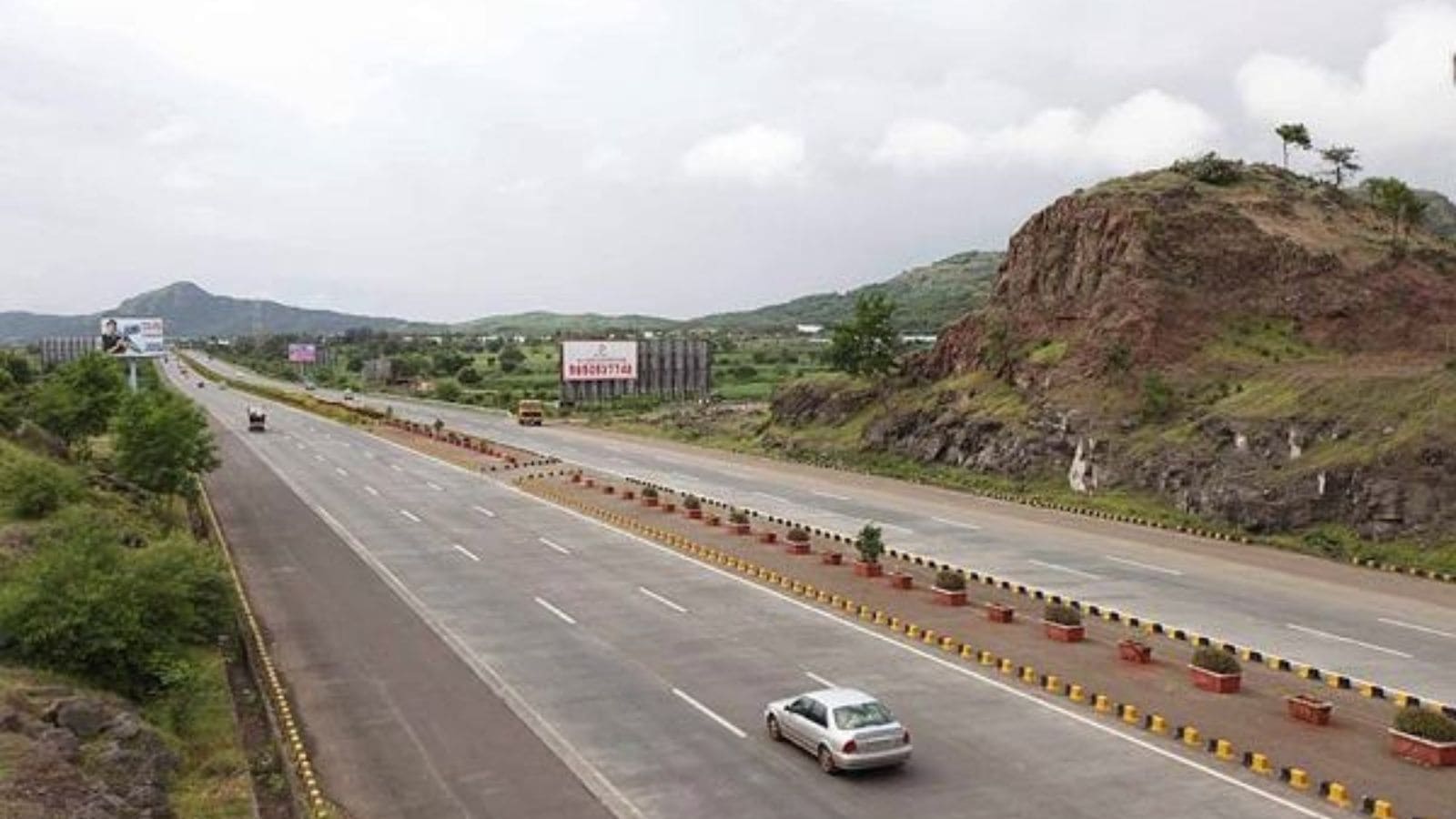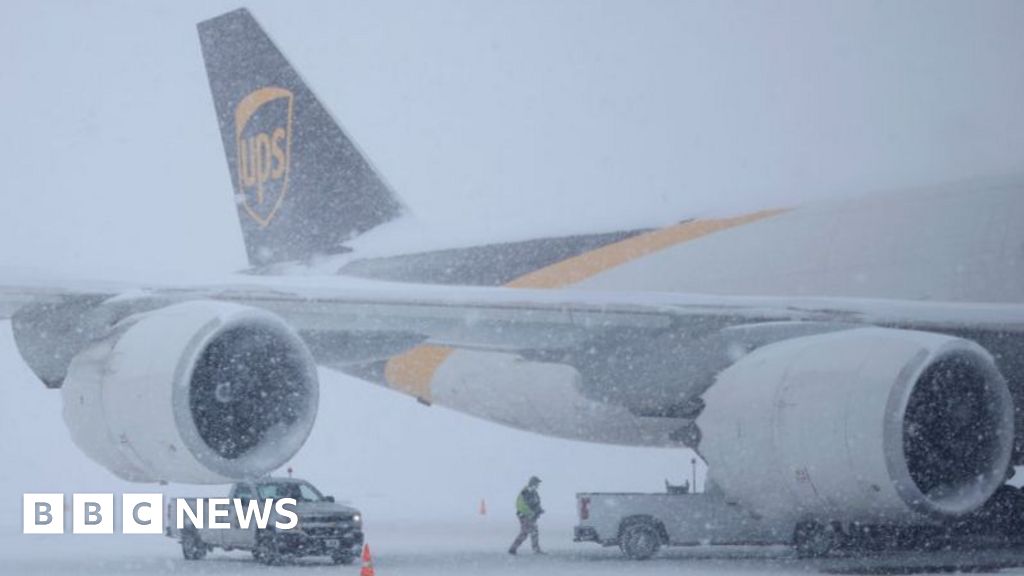- Arvind's Newsletter
- Posts
- Arvind's Newsletter
Arvind's Newsletter
Issue No. #1046
1.India’s services sector made history as goods exports floundered
$35.7 bn is the total value of India’s services exports in November 2024, surpassing goods exports by approximately $3 billion for the first time, according to RBI and Commerce Ministry data. Goods exports stood at $32.7 billion during the same period.
This milestone signals a structural shift in India’s trade dynamics, driven by IT and business services, which account for nearly 75% of services exports. This marks a significant change in India’s trade composition, driven by IT and business services, which accounted for nearly 75% of services exports.
However, high demand for skilled IT professionals may create barriers to broader employment impact, and over-reliance on IT services makes the economy vulnerable to global downturns in technology spending and use of AI to automate software coding. These challenges underscored the need for a balanced growth strategy, as noted by a Livemint.
2.Flyers can rejoice as missing link of Pune-Mumbai Expressway nears completion, Navi Mumbai airport set to open
“The work of the missing link project is 90 per cent complete, and most of the civil work is complete. It will reduce the travel time by half an hour for those commuting between Pune and Mumbai,” said Rakesh Sonawane, executive engineer of the Maharashtra State Road Development Corporation (MSRDC).
He said the deadline for completing the project is June, and the work is going on in full swing to be completed on time. “We are aware that the Navi Mumbai International Airport is likely to be inaugurated by April, and people are keen to have faster access to the international airport, which is alongside the Expressway. The road project is a tough project as it has two tunnels and two valley bridges, so no risk can be taken by hastening the project,” said Sonawane. This means that for at least 3 months travellers will have manage with the existing road infrastructure to reach Navi Mumbai Airport.
3.Arctic Blast hits central and eastern USA and parts of Canada
At least 60 million people across dozens of states were under winter weather alerts over the weekend as a massive winter storm swept across the US from the Rockies to the East Coast. The system arrived in the Midwest late Saturday, dropping up to a foot of snow in many locations. Some parts of eastern Kansas reported as much as 18 inches.
Storm Blair brought the coldest January temperatures since 2011, triggering states of emergency in Arkansas, Kentucky, Missouri, New Jersey, Virginia, and West Virginia.
Lengthy stretches of highways were shut down in a number of locations. Also almost 10,000 flights had been canceled or delayed and more than 300,000 customers were without power. No deaths had been reported as yet. The snow comes along with a mass of Arctic air expected to drop temperatures significantly below average.
4.New York’s scheme to charge drivers to enter parts of Manhattan — the first of its kind in the US — went into effect.
Congestion pricing, embraced by other metropolises including London, Stockholm and Singapore is aimed at raising billions to modernize the city’s beleaguered mass transit system, but has been fiercely contested for years.
New York Gov. Kathy Hochul halted the plan in June, fearing it would hurt Democrats in November’s presidential election, but backtracked after Republican Donald Trump won. He has vowed to kill the scheme. Until then, at least, driving to Manhattan will “be understood for what it is, a luxury product that has cost,” a New York-based journalist wrote.
The congestion pricing plan which went into effect yesterday, with drivers heading into a large swath of Manhattan paying a $9 fee during peak hours.
The pricing zone extends from the bottom of Central Park to the island's southern tip, with the charges dropping by 75% during overnight hours. City officials say the toll is expected to generate $500M in revenue annually over the first three years, which will be reinvested in public transportation infrastructure.
5.The Golden Globes awarded
The 82nd annual Golden Globe Awards kicked off the 2025 awards season last night with a mix of expected and surprising wins. The ceremony was hosted by comedian Nikki Glaser, marking the first time a woman has solo hosted the Golden Globes.
Postwar epic “The Brutalist" emerged as the night's big winner, taking home the awards for best drama, best director (Brady Corbet), and best actor in a motion picture (Adrien Brody). In the musical or comedy category, "Emilia Pérez" secured multiple awards, including best film, best supporting actress for Zoe Saldaña, best song, and best non-English language film.
Demi Moore's win for best actress in a comedy or musical for "The Substance" marked the actress's first major acting award. On the television side, "Shōgun" won best drama, and "Hacks" won best comedy.
6.How feminism, not Bollywood, drew global audiences to Indian cinema in 2024
In 2024, as Bollywood struggled to find its footing, smaller films by Indian women that told nuanced stories made headlines in the country and across the world.
In May, Indian filmmaker Payal Kapadia's All We Imagine As Light made history by winning the Grand Prix at the Cannes film festival. Though unfortunately missed winning awards at the Golden Globes.
In the months since then, All We Imagine As Light has become a juggernaut of indie cinema, sweeping through film festivals and the awards circuit. It has been judged the Best International film by prestigious associations including the New York Film Critics Circle and the Toronto Film Critics Association. It has also picked up two Golden Globe nominations, including for Ms Kapadia as best director.
It is also on several best films of the year list, including that of the BBC and the New York Times.
7.Sam Altman on ChatGPT’s First Two Years, Elon Musk and AI Under Trump; Interview in Bloomberg BusinessWeek
On Nov. 30, 2022, traffic to OpenAI’s website peaked at a number a little north of zero. It was a startup so small and sleepy that the owners didn’t bother tracking their web traffic. It was a quiet day, the last the company would ever know. Within two months, OpenAI was being pounded by more than 100 million visitors trying, and freaking out about, ChatGPT. Nothing has been the same for anyone since, particularly Sam Altman.
In his most wide-ranging interview as chief executive officer, Altman explains his infamous four-day firing, how he actually runs OpenAI, his plans for the Trump-Musk presidency and his relentless pursuit of artificial general intelligence—the still-theoretical next phase of AI, in which machines will be capable of performing any intellectual task a human can do.
Sam Altman also wrote an start of the year blog post -Reflections, which is also worth reading in which he also refers to the Bloomberg interview
8.The Great British Tea Heist
In 1848, the British East India Company sent Robert Fortune on a trip to China's interior, an area forbidden to foreigners. Fortune's mission was to steal the secrets of tea horticulture and manufacturing. The Scotsman donned a disguise and headed into the Wu Si Shan hills in a bold act of corporate espionage.
This is an excerpt from For All the Tea in China: How England Stole the World’s Favorite Drink and Changed History by Sarah Rose.
Read on
9.How are companies using AI agents? Here’s a look at five early users of the bots;
Belle Lin , The Wall Street Journal
Artificial intelligence (AI) agents have emerged as one of the most exciting aspects of generative AI for business because they take chatbots to the next level, performing complex tasks without help from humans.
These autonomous AI agents can follow instructions and do things from checking a car rental reservation at the airport to screening potential sales leads.
Software companies from Salesforce to ServiceNow, Microsoft and Workday last year all announced their own AI agents, which they say can help businesses be even more hands-off in areas like recruiting employees, contacting potential sales leads, creating marketing content and managing their information-technology.
Read on for some early use cases.
10.A new electricity super-cycle is under way; The Economist
The factory floor of Schneider Electric’s plant in Conselve, Italy, hums with urgency. Workers at the power-equipment company’s facility, which is in the midst of a major expansion, are busily assembling advanced cooling systems for the data centres underpinning the development of artificial intelligence (AI). “The key is the integration of grid to chip and chip to chiller,” says Pankaj Sharma, an executive at the company, referring to a new design it recently developed with Nvidia, an AI chip giant.
Over the past year Schneider’s market capitalisation has risen by over a third, to around $140 bn. It is not the only maker of electrical gear that is booming (see chart 1). The market value of Hitachi, a Japanese conglomerate, has tripled since the start of 2022, thanks in part to the rapid expansion of its power-equipment division. After a difficult 2023, weighed down by troubles in its wind-turbine division, shares in Siemens Energy rose by 300% last year, outperforming even those of Nvidia, owing to fast-growing sales in the German firm’s grid-technology business. “Electricity is a key driver for us,” explains Christian Bruch, its chief executive.

Scott Strazik, boss of GE Vernova, a power-equipment business that was spun out from the conglomerate last year, sees a “supercycle” in the making. Demand for everything from transformers and switchgears to high-voltage transmission cables is being turbocharged. The International Energy Agency (IEA), an official forecaster, estimates that global investment in grid infrastructure reached nearly $400bn in 2024, up from a little over $300bn in 2020 and reversing a decline that began in 2017 on the back of slowing demand in China (see chart 2). The IEA forecasts that spending will rise to around $600bn annually by 2030. What is behind the surge?

The decarbonisation of electricity generation is one factor. Adding wind and solar power, often in remote locations, requires extending power lines and investing in hardware and software to help manage their intermittency. In Britain, the government’s ambition to achieve a net-zero grid by 2030 has prompted network operators to submit investment proposals amounting to nearly $100 bn over five years. Even in America, where the incoming president is a climate-change sceptic, investment in renewable energy is expected to continue rising in the years ahead thanks to the plummeting cost of solar and wind power.
Electricity’s rising share of energy consumption is a second force propelling investment. The IEA forecasts that demand for electricity, from both clean and dirty sources, will grow six times as fast as energy overall in the decade ahead, as it powers a growing share of cars, home-heating systems and industrial processes. California alone will need $50 bn in electricity-distribution upgrades by 2035 to charge its electric vehicles (EVs). Mr Strazik of GE Vernova reckons that this shift from “molecules to electrons” is just getting started.
The world’s total energy needs are also continuing to rise—a third force underpinning rising investment in electricity infrastructure. Economic growth, and rising use of air-conditioning, are pushing up demand in developing countries. Goldman Sachs, a bank, estimates that India’s grid will require $100 bn of investment between 2024 and 2032 as its economy grows. Rystad, an energy consultancy, forecasts that annual grid investment in China will increase from around $100 bn in 2024 to more than $150 bn by 2030.
Spending by tech giants on AI is contributing to rising energy demand, too, flowing through to increased electricity consumption and investment. Some data centres gobble up as much energy as a nuclear-power plant generates, requiring network operators to upgrade transformers, power lines and control equipment. To accommodate the growth of data centres Tokyo Electric, Japan’s largest power utility, plans to spend more than $3 bn by 2027 on its infrastructure. The boom in data centres has also caused spending by developers on cooling equipment and other ancillary electrical gear to rocket.
A final force behind the investment surge is grid fortification. Extreme weather events, from deadly storms to raging wild fires, are growing more common, causing over $100 bn in damages worldwide in 2023. Only about half of that was covered by insurance. In December America’s Department of Energy provided a $15 bn loan guarantee to PG&E, a Californian power utility hit hard by wildfires in recent years, to help it invest in making its grid more resilient. Across much of the rich world, electricity grids are old and creaking. In Europe the infrastructure is over 40 years old, on average. “Grid infrastructure was not built for resilience but for transmission,” says Mr Bruch of Siemens Energy.
As investment in grid infrastructure has soared, bottlenecks have emerged in the supply chain. Wood Mackenzie, another energy consultancy, estimates that a global shortage of transformers has led prices to rise by 60-80% since 2020, with waiting times tripling to five years or longer. That is spurring both capital spending and innovation among suppliers. Mr Bruch says his firm is investing record amounts to tackle an order backlog that now exceeds €120bn ($124bn). GE Vernova, whose backlog for electrical gear has reached $42bn, has said it will plough $9bn into capital expenditure and research and development by 2028. Hitachi’s energy business, which also has a hefty backlog, has spent $3bn on capital expenditure over the past three years and plans to spend another $6bn by 2027, including $1.5bn in transformers.
Expanding manufacturing capacity will leave these firms exposed if the electricity supercycle turns out to be no such thing. Growth in EV sales has already slowed in many rich countries. The AI boom could yet turn to bust. To reassure shareholders, Andreas Schierenbeck, boss of Hitachi’s energy business, says that his company has been getting big customers to reserve capacity with upfront payments, and is shifting from customised orders to framework contracts with standardised designs. All this makes future revenue more dependable and expanding production capacity less risky.
For now, spending on electricity infrastructure shows no sign of easing, as grid operators grapple with rising power consumption, a changing generation mix and ageing infrastructure. Those pressures will only increase, predicts Mr Bruch. “That is why we are bullish.”










